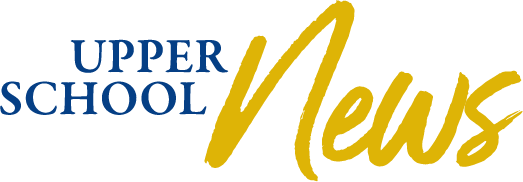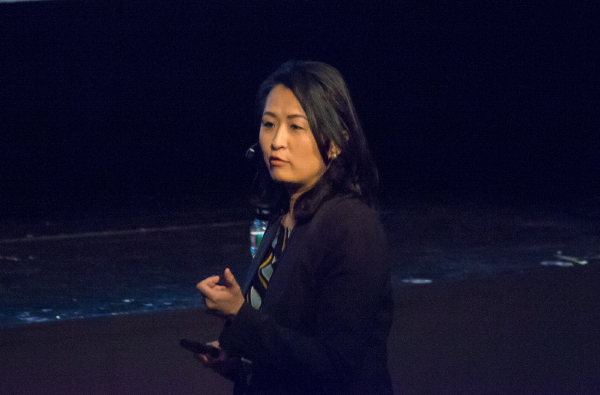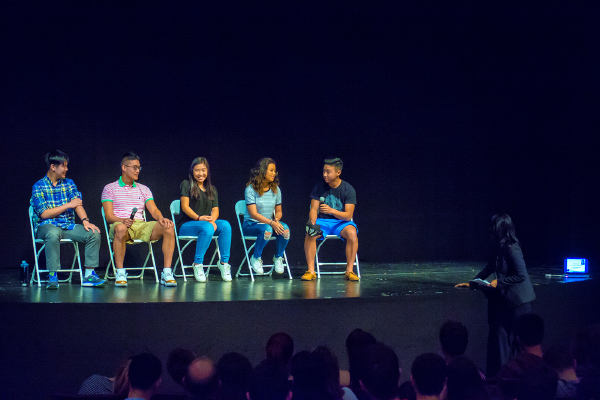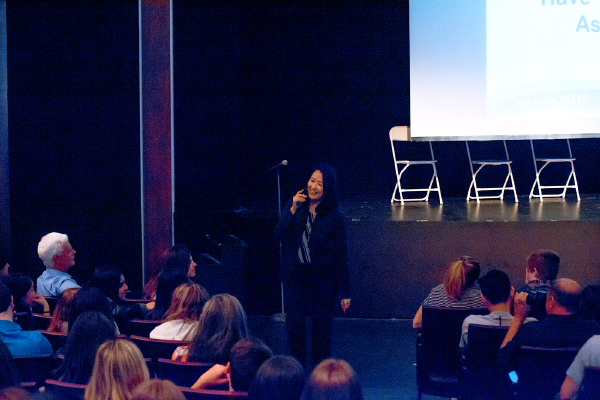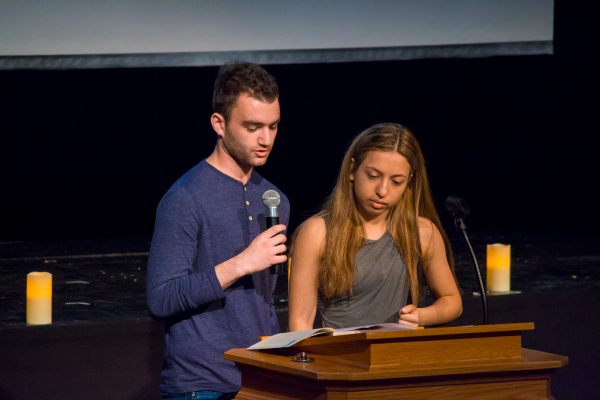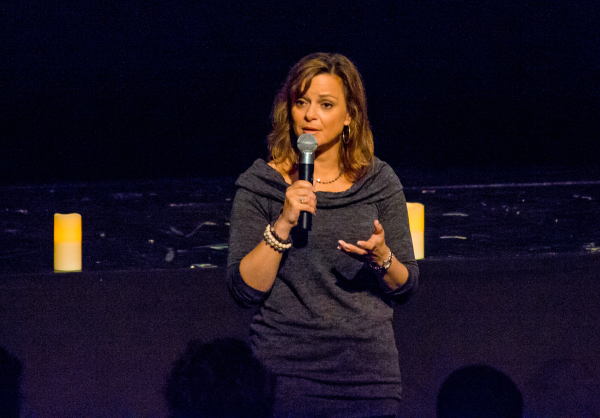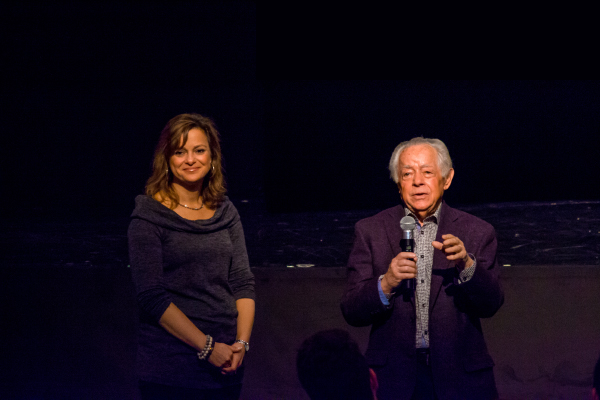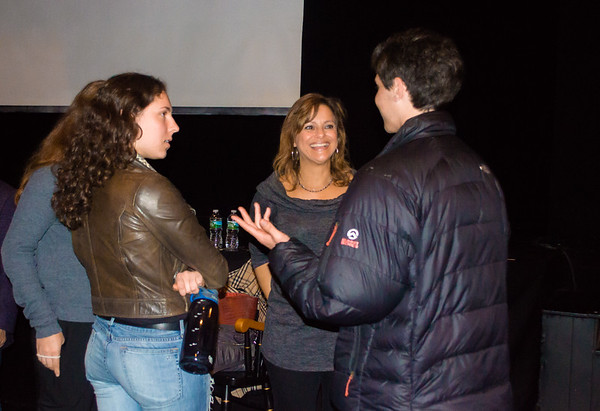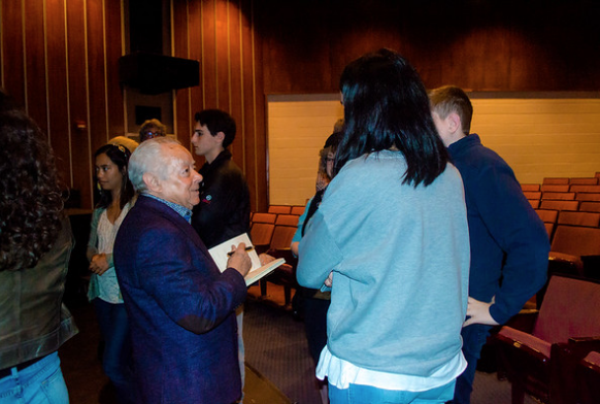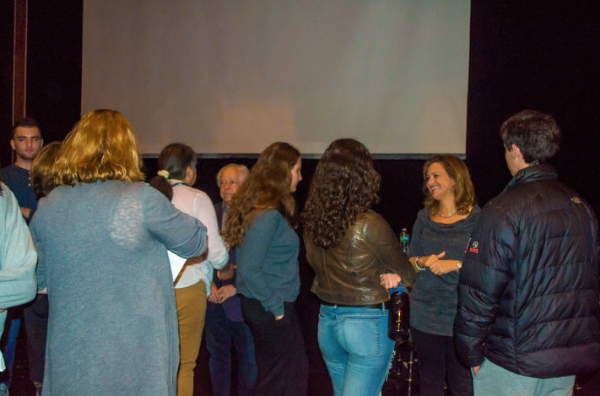Dear Upper School Families,
April went by in a flash – and here we are in May already, not that the weather has been any kind of marker for the change of season.
As we turn the corner into the home stretch of the year, I wanted to describe two different programs we had during the last part of April that were of particular value to us in the Upper School. During a year that has been difficult in some ways since the election last fall, (while we have been trying to learn how to better engage in civilized conversation based on information rather than emotion), we have tried to increase our exposure and awareness to different groups and to world historical events that have had an impact on us.
Beyond our traditional celebration of Black History, Hispanic Heritage, Lunar New Year, and Diwali, among others, we were treated to a presentation about the Asian-American experience by Jane Hyun, author of Breaking the Bamboo Ceiling, Career Strategies for Asians. Ms. Hyun engaged us in a dialog that was both insightful and meaningful. She explored her own life story with us, and helped us to see the various aspects of being in the United States as a person of color in a very different way than other presentations that we have had by members of other races or ethnicities. With such a significant population of Asian-American families in the School, it was wonderful to hear this particular perspective. As part of her presentation, Ms. Hyun moderated a panel of Asian-American students who also spoke of their experiences growing up between two cultures. These students spoke in compelling ways about their experiences, both in Dwight-Englewood and outside our community.
After the program, students continued to reflect on what they had heard, and conversations continued over the next few days. For many students, this was the first time they had considered the experience of Asian Americans in such a manner, and that made the program a success.
The second program, timed to coincide with Yom HaShoah, the Holocaust Day of Remembrance, brought a Holocaust survivor and his daughter to School. Manek Schonwetter told us his harrowing tale of perpetual running and hiding near his home town in Poland. Living in caves, or hiding in hay bales in the attics of friends, this boy and his mother and sister dodged Nazis for five years until the war ended, when they escaped to Israel, and then he came to the United States and built a full life. Mr. Schonwetter’s daughter, Ann Arnold, placed her father’s story in the context of the war and showed us some remarkable photographs of life during the war. The audience was spellbound by this story, and students surrounded him at the end of the program wanting to know more, to ask a further question, or just to thank him for sharing his story with us.
Separately forceful and jointly even more powerful, it was hard not to be moved by the words and stories that we heard. In a year that brought strife onto our campus as we have struggled to re-learn how to engage in civil discourse after the election, it was all the more important to hear about and consider these experiences. I was proud of the reactions that our students had to both, as well as to our earlier program given by the Black Affinity Group. These programs help to build powers of empathy, which are critical for adolescents to develop, and this is one way in which we work on that. Other ways include exercises similar to what the ninth grade did last week: to consider and discuss case studies involving student incidents that cross racial and ethnic lines, to explore all the points of view in a situation so that any student can see and understand the different perspectives. These are not always easy or comfortable conversations, but they are necessary in our pursuit of our mission as a school, both to “embrace diversity” and “to meet the challenges of a changing world and make it better.”
